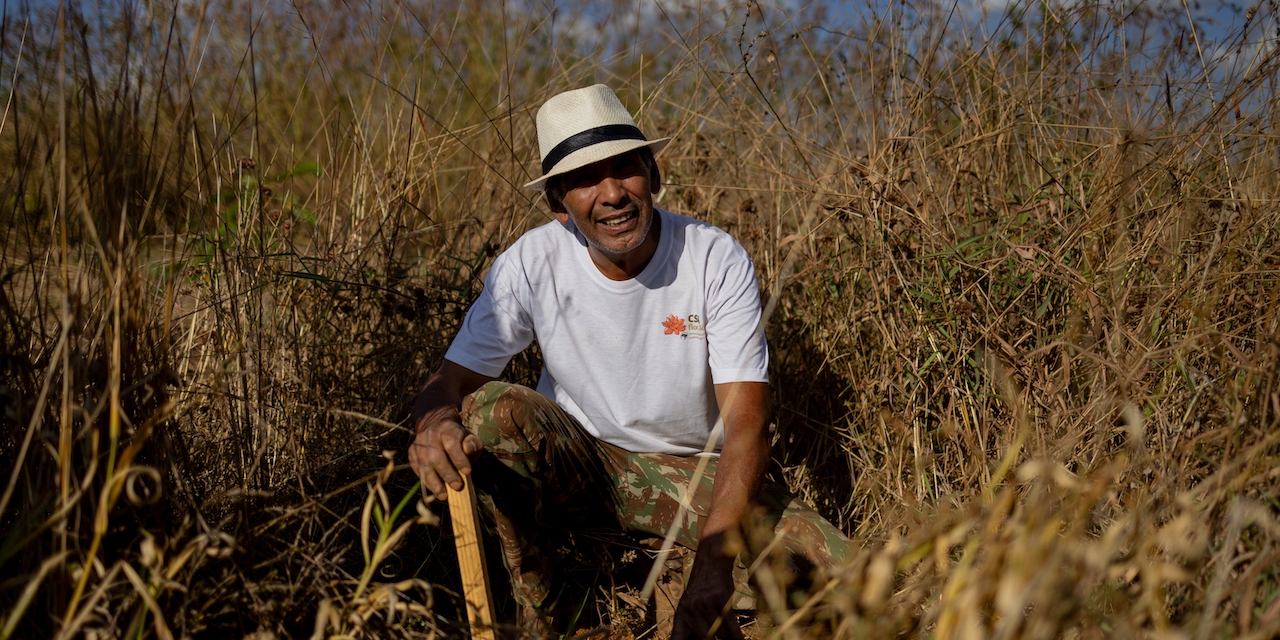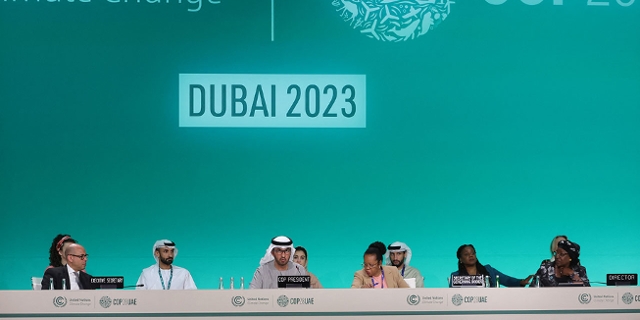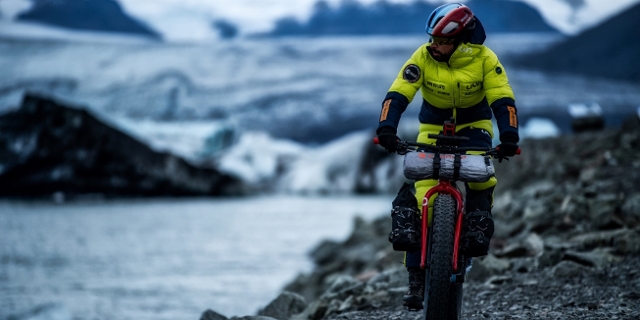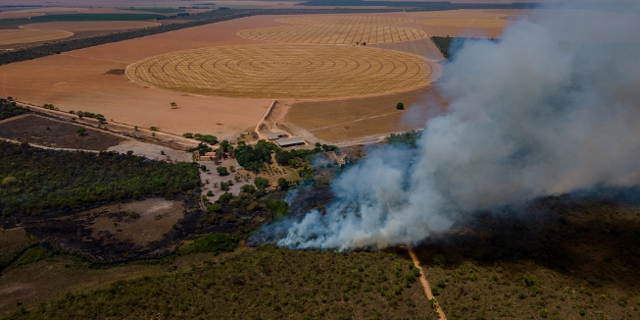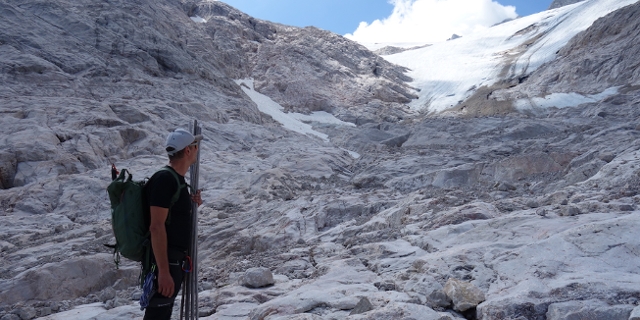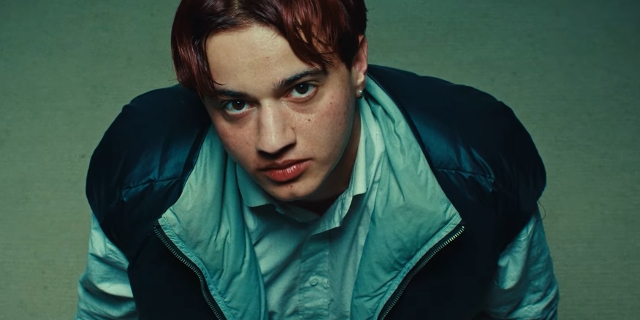Cerrado: Bringing Back Life
Rural producer Fátima Cabral recently almost lost her farm to a fire that she suspects was set deliberately. Tears run down her cheeks as she explains why, despite a period of despair, she has decided to carry on farming.
“It’s not just about me anymore. It’s about my family. It’s about my land. It’s about a deep respect and love for Earth,” she tells me.
“What is being done here is for the whole humankind, not just for Brazil, not just for this land, but for the planet.”
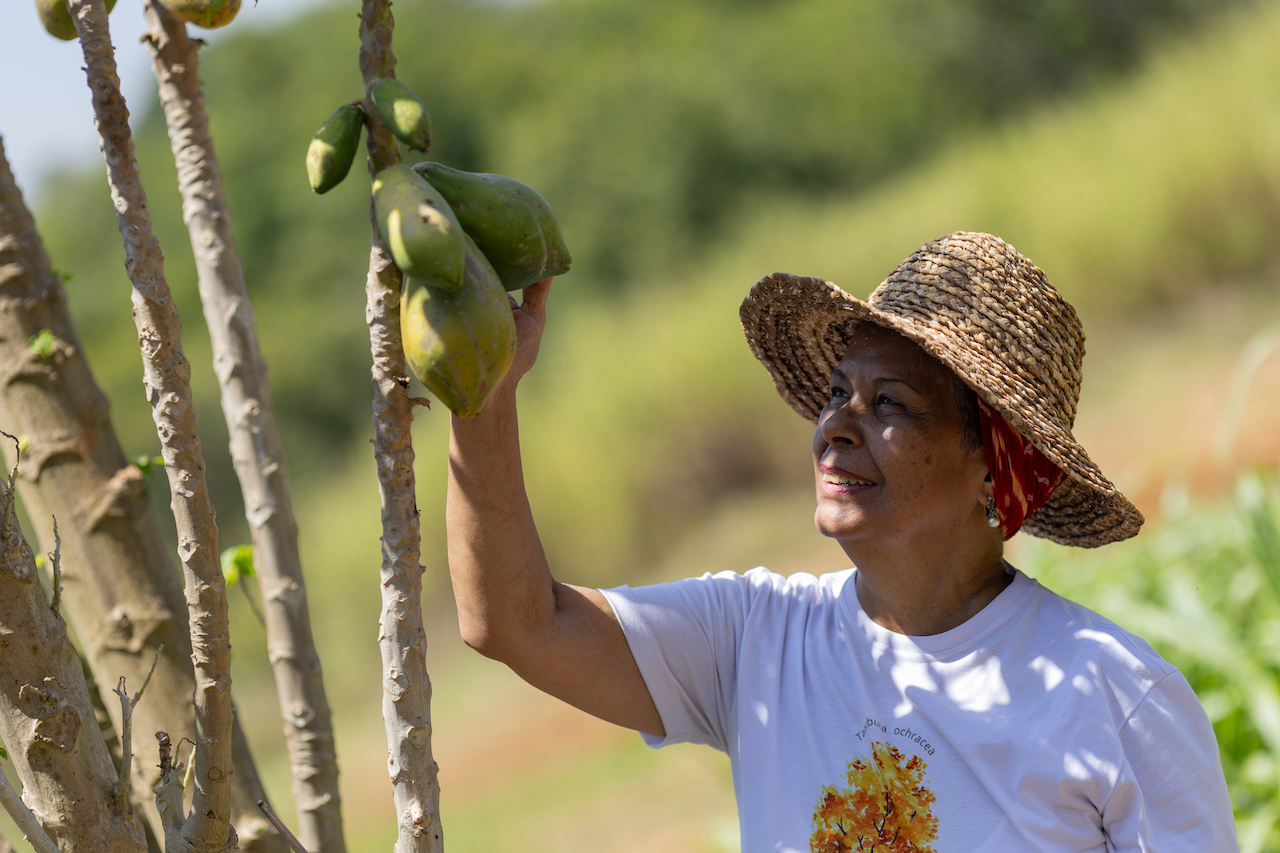
Myke Sena / WWF-Brasil
A Healthy Alliance...
Fatima is part of a project called CSA which means “Community that sustains agriculture", and she farms with great diversity. She grows conventional fruits and vegetables, such as carrots, bananas and mangos, she grows herbs and she even grows small amounts of coffee beans. She also grows the ancient seeds, grains and nuts of the Cerrado, original gifts that keep the ecosystem in balance and the soil rich. In all she grows 70 different products.
“Everything that is produced here remains in the system,” she says. “So with that, the soil is getting richer and richer and the need of water gets lower."
...vs. a Monstrous Business
This visit feels to me like a breath of fresh, healthy air after a trip through an agricultural dystopia.
Agribusiness at its most cynical can seems monstrous. Before visiting Fatima, I’d seen the vast plantations of monoculture such as soy, corn and cotton - grown mostly for export.
The seemingly endless, tree-less vistas of such fields make parts of the once-preciously rich Cerrado seem like deserts. Scientists are warning of an ecological breakdown with grave consequences for the entire planet. The fields are worked by farm machinery the size of apartments. In the area of the most intense soy production, it feels like you’re visiting a set from Mad Max.
Massive, Dangerous Overuse of Pesticides
The intensive use of pesticides associated with monocultures such as soy or cotton has been a blight on rural life in Brazil. According to the Pesticide Atlas, run by the Heinrich Böll Institute, Brazil’s use of pesticides has spiked in recent years, growing by over 300,000 tonnes since 2010.
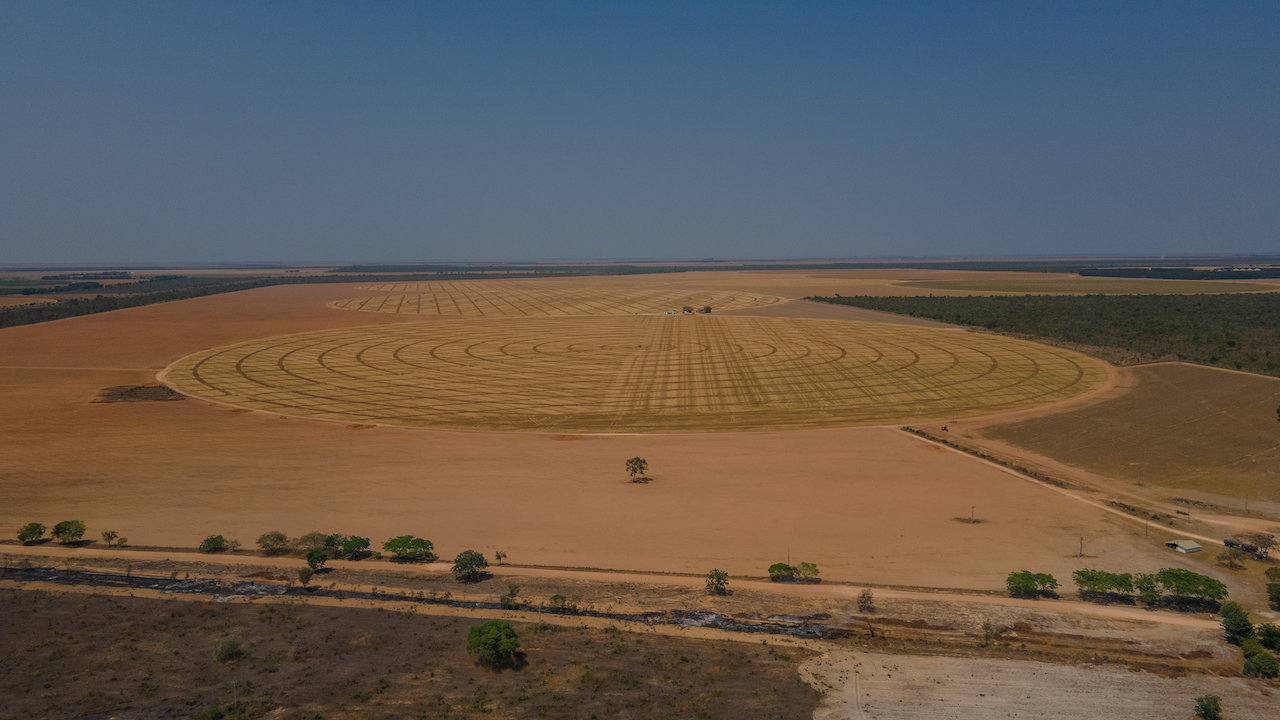
Myke Sena/WWF
Poison in the Water, Poison in the Homes
„Right now it’s a very big issue for us in the Cerrado,“ says Bianca Nakamato of WWF Brazil. „We have some studies that attest that waters from tribal regions are being contaminated with several toxins coming from fertilisers, agrochemicals and other products that they use to cultivate soy. And this affects the families.“
Bianca’s WWF colleague Anna Carolina Crisostomo, an expert on the Cerrado, says the pesticides are often spread by airplanes, „so the toxins get in people’s houses, in their gardens and in their water supplies.“ She says they are getting sick; first of all noticing skin-diseases but also strange fevers and breathing difficulties after the spraying planes have passed.
Indeed these pesticides are linked, note the researchers from the Heinrich Böll Institute, „to an increased risk of liver and breast cancer, Type 2 diabetes and asthma, allergies, obesity and endocrine disorders.“
A Different Vision
Here is a different vision for the Cerrado:
Quitéria Maria dos Santos is an advocate of productive, socially-minded farming without the use of any pesticides. She is president of Aprospera - Association of Agroecological Producers in Alto São Bartolomeu, about an hour’s drive South-West from Brasilia. She also a rural producer herself.
Producing food organically means healthier produce but also a healthy biodiversity, and she revels in the richness of natural plants and wild animals.
She is woken each morning by a dawn chorus of birds; including tanagers, blue finch and bananaquits. There are rather aggressive owls that perch on her fence and three racoons in her trees.
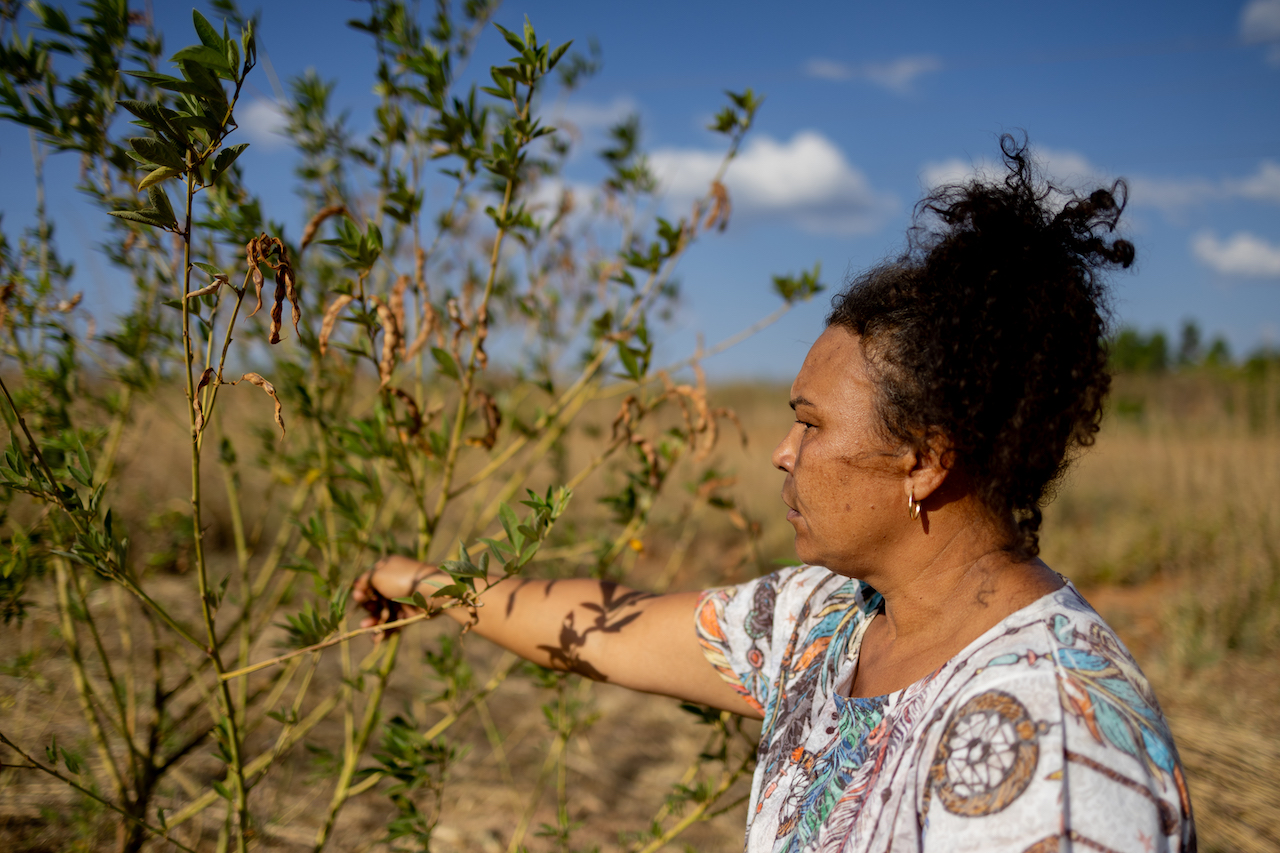
Myke Sena / WWF-Brasil
Quitéria even shows enthusiasm for the local rattlesnakes, grabbing her phone to show me a video she has made.
„They eat the pests, that is good for the nature and my farm,“ she explains, chuckling at my squeamish surprise. „The most important thing about the snakes is that we don’t have an infestation of rats.“
Putting Food On Plates
Small-scale farmers such as Fatima and Quitéria should enjoy public support and government funding as well as security of land ownership, says Bianca Nakamoto, because it’s people like her who are actually putting food on Brazilians’ plates.
„The soy and the cotton, that’s mostly for export,“ says Bianca. „Here with Fatima, food is being produced for local consumption.“
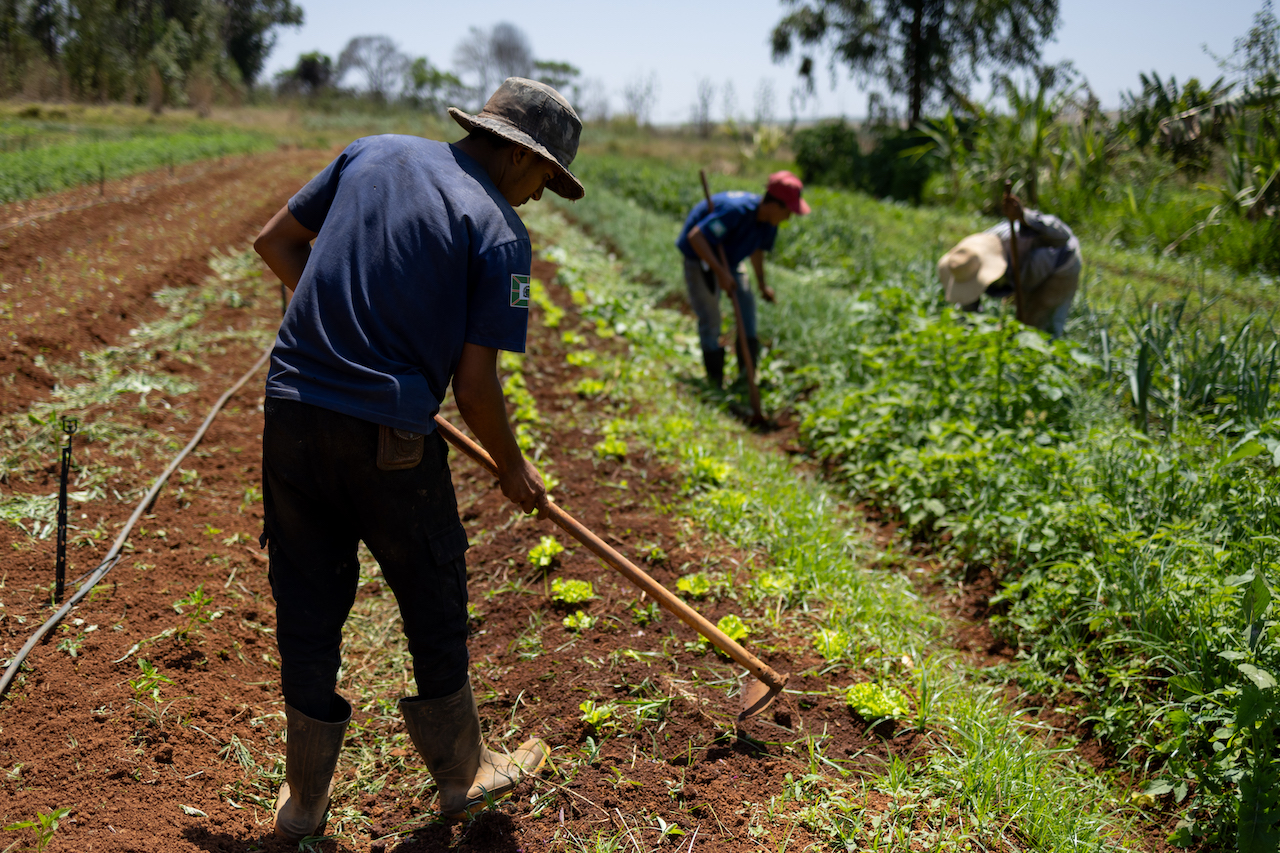
Myke Sena / WWF-Brasil
Local people are employed tending the vegetables and fruit orchards, the food is sold in baskets to consumers in the surrounding towns. The best way to protect the Cerrado, insists Bianca Nakamoto, is to support the local communities in their efforts to farm sustainably:
„They Love What They Do.“
“They love what they do. They love where they live,” says Bianca. “And the food that they produce is totally organic, toxic-free; and it isn’t causing deforestation.”
A Beatific Smile
Witnessing the rate of destruction as I crossed the Cerrado, and seeing and smelling the fires every day has been a disheartening experience. But during my last day in the savannah I meet a man with a beatific smile.
His story shows that, perhaps, there is still hope that the Cerrado can recover.
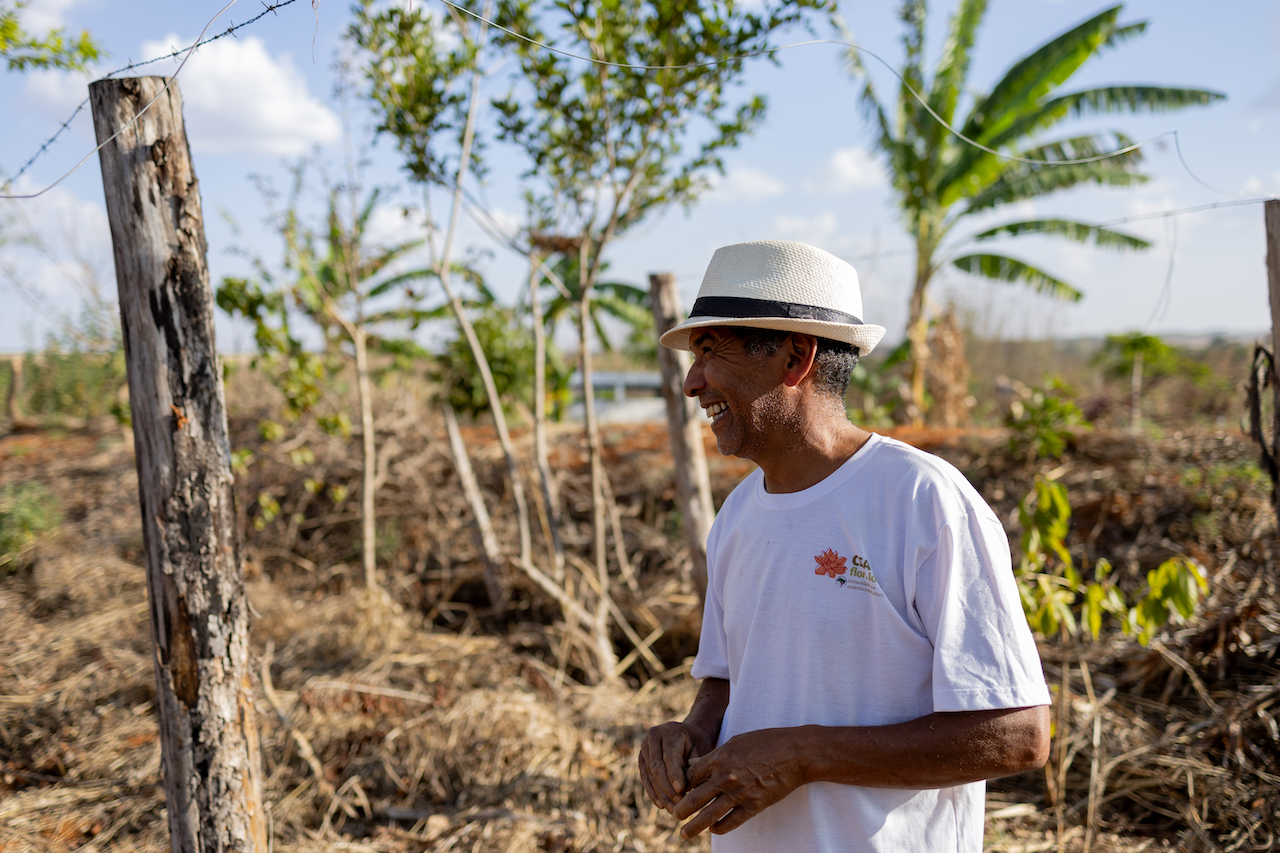
Myke Sena / WWF-Brasil
Replanting the Cerrado
Small-scale farmer Robemário Ribeiro de Souza is slowly restoring degraded land near the community of Alto São Bartolomeu, replanting the natural vegetation.
In partnership with WWF-Brazil and with support from some Brazilian companies, local people collect tons of seeds of the plants, trees and shrubs that had covered the Cerrado before the destructive arrival of monocultures.
Then people like Robemário, with a lifetime of experience of the Cerrado, can replant those seeds and bring the savannah back to life.
When the natural vegetation is restored, the ground can absorb and store water efficiently again. When he looks at the small section of the Cerrado he has effectively repaired, he beams with happiness:
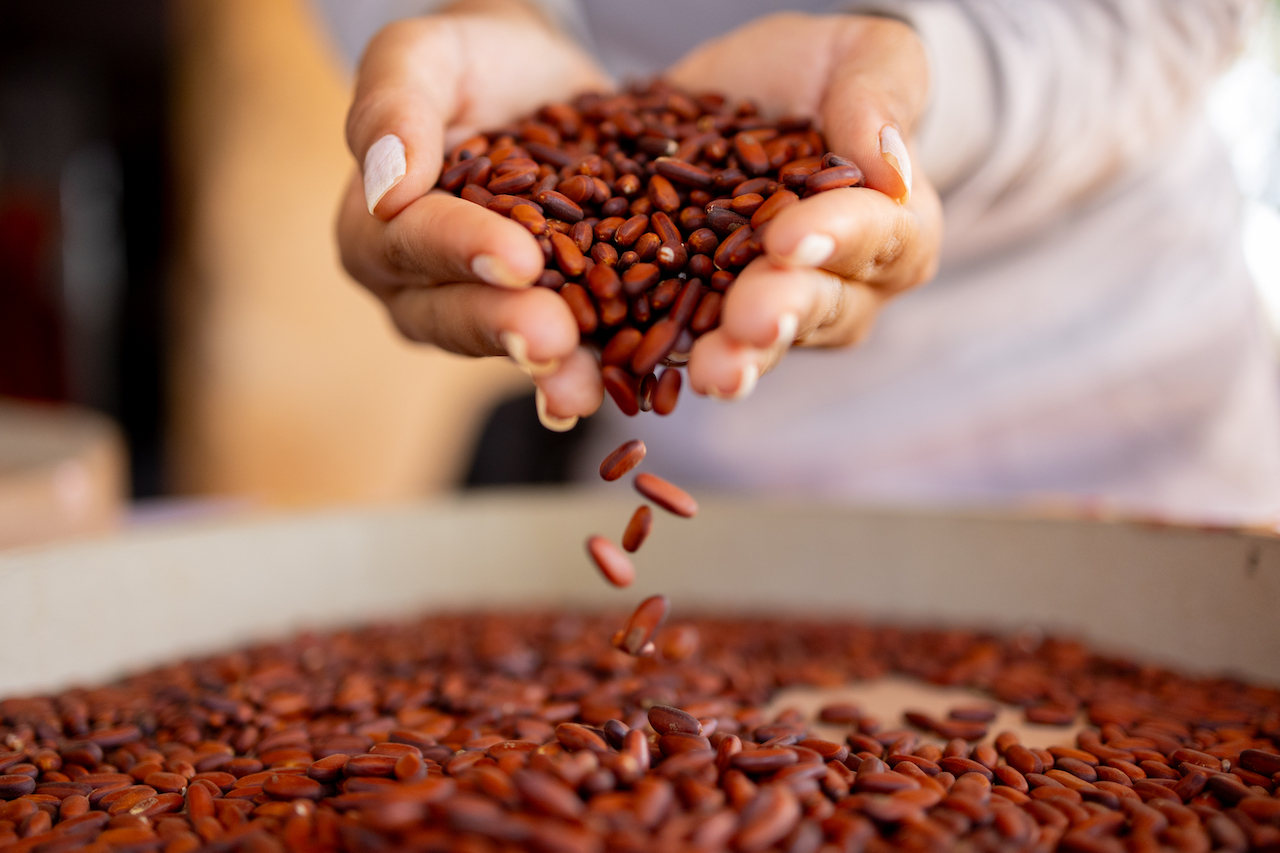
Myke Sena, WWF-Brasil
“I feel so good because the return was almost immediate. By the second year the water started to come back through springs. I felt really good then," he beams. "And after five years of the project we now have abundant water and I’m going to have more water here, I promise.”
He even has plans to restore the river. “I will feel even more accomplished when I make the river flow again.“
The Destruction Must Stop
I desperately want to end my story of the Cerrado with Robemário’s kind smile and optimism. I am a story-teller and crave that happy ending.
But even after a beautiful day in the Cerrado, as I stand in Robemário’s simple homestead sipping with him a liqueur he’s made from maracuja, there’s a cloud. I know that I must resist the temptation to give you the consolation of believing everything will be OK in the end.
It won’t unless we have systematic change.
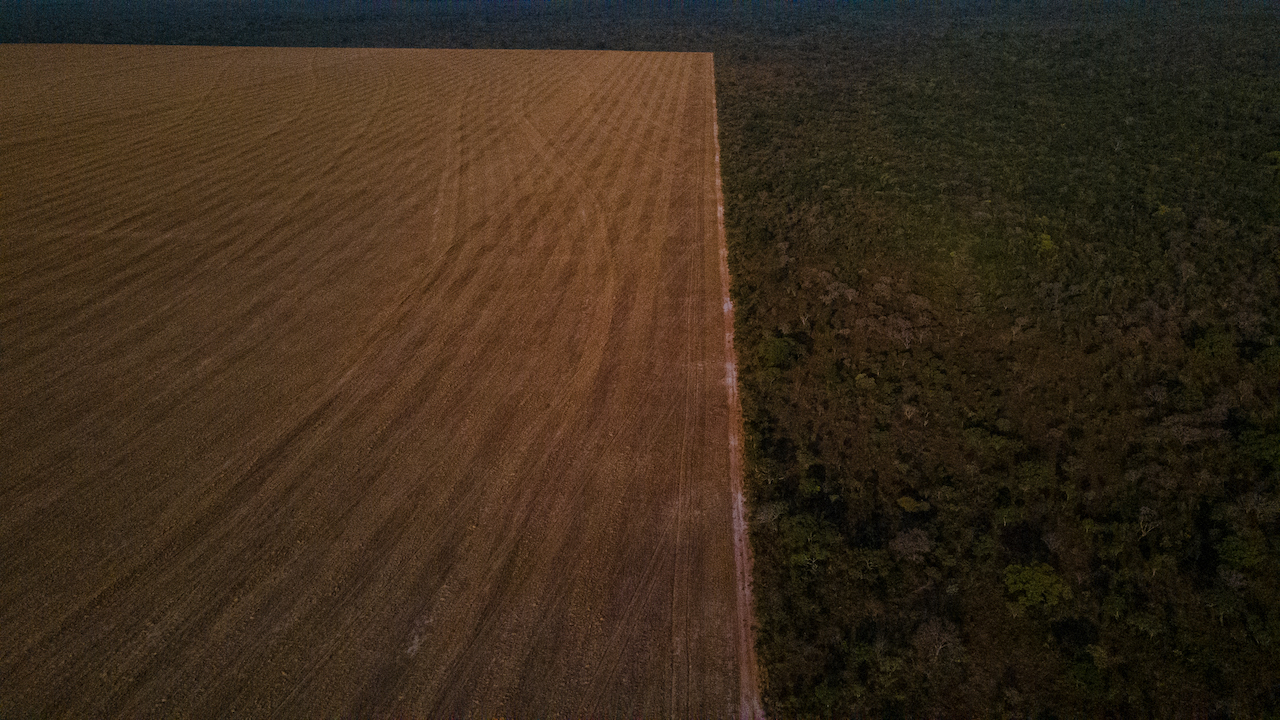
Myke Sena/WWF
This restoration can never make up for the destruction caused by the agribusiness firms, caused by extension by our insatiable hunger for cheap meat.
No, a 1 euro 40 burger will never be healthy, not for our children, not for the Cerrado.
You can do a certain amount with restoration work, says Jean-Francois Timmers of the WWF, as long as the native vegetation providing the seeds is not pushed into extinction.
But there is a big But:
„The scale of the restoration and the cost of it is not matching the speed of destruction and the scale of destruction,“ explains Jean-Francois. „So we are losing almost 1 million hectares of Cerrado per year. Even a massive restoration system would not reach more than ten or twenty thousand hectares.“
The maths is clear. The only way to save the Cerrado is to stop the destruction. That will take political pressure, consumer pressure and more good-will from soy-traders and retailers.
What must happen? How we can we contribute to positive change as consumers?
I will explain that in part three of Saving The Cerrado.
Publiziert am 18.10.2023







